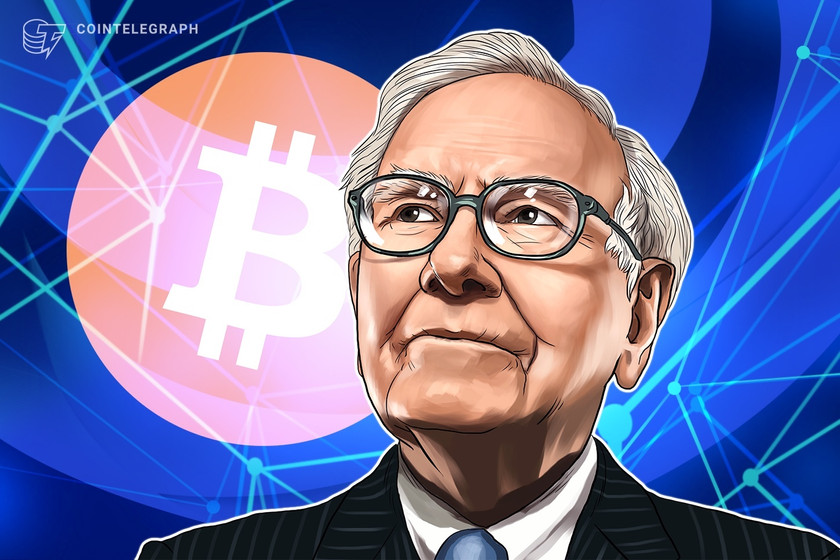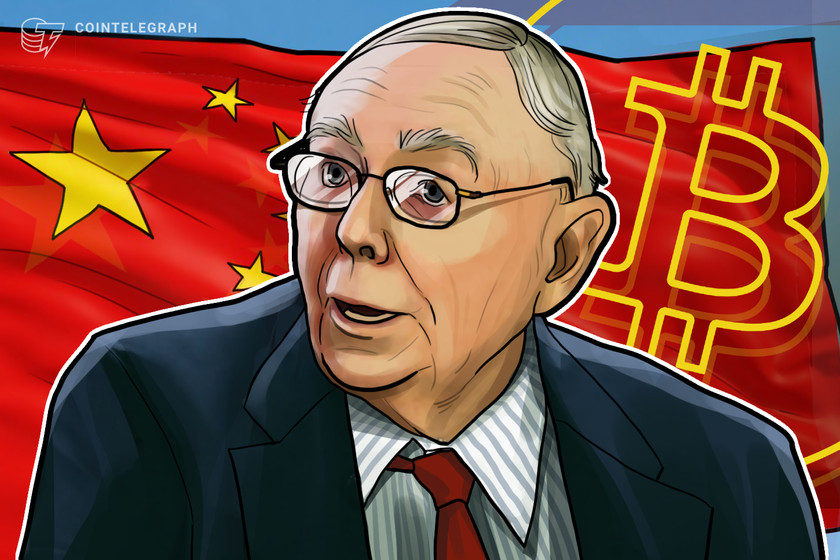Bitcoin market cap overtakes Berkshire Hathaway, soars past $800B


Bitcoin is now the 10th-biggest asset by market cap, following Meta (formerly Facebook) and Nvidia.
Bitcoin (BTC), the original cryptocurrency, is gaining momentum versus global large-cap stocks, overtaking the market value of American conglomerate Berkshire Hathaway.
As Bitcoin surged past $40,000 over the weekend, its market cap rose to above $780 billion, just beating out Berkshire Hathaway’s $779 billion market cap it closed the market with on Dec.
BRK.A has seen a slight decline recently, slipping around 1.3% over the past five days.
The volatility of BRK.A is nowhere near that of Bitcoin, which has surged 20% over the past month and almost 150% YTD, according to data from CoinGecko.
At the time of writing, Bitcoin’s market cap amounts to $811 billion, or 4% higher than the market value of Berkshire Hathaway.
Cryptocurrency lawyer John Deaton took to X (formerly Twitter) to comment on the news. “That’s a pretty damn big bottle of rat poison,” Deaton wrote, referring to the words of Berkshire Hathaway CEO Buffett, who famously called Bitcoin “rat poison squared” in 2018.
Related: Bitcoin tops $40K for first time in 19 months, Matrixport tips $125K in 2024
According to data from CompaniesMarketCap, Bitcoin is now the 10th-biggest asset by market cap, following Meta Platforms (formerly Facebook) and Nvidia, whose market value currently stands at $834 billion and $1.2 trillion, respectively.





























